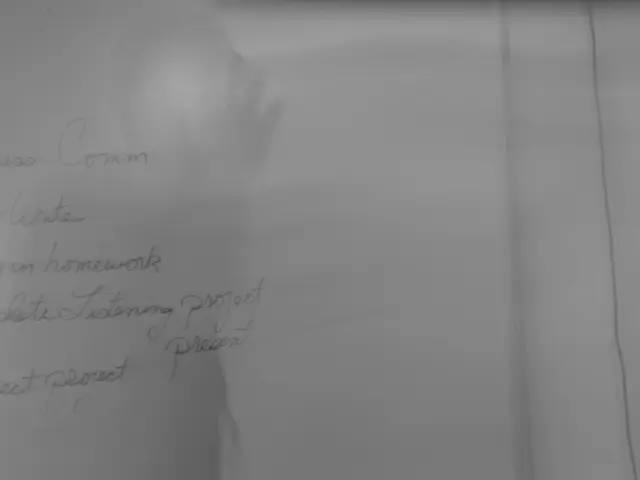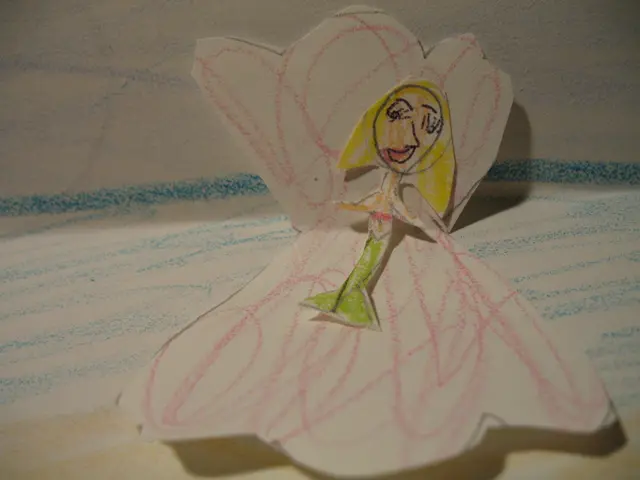Struggling with Disorganization? A Guide for Neurodivergent Adults on Maintaining Orderliness
In a world where clutter often seems to accumulate faster than it can be managed, neurodivergent individuals, particularly those with ADHD and autism, may face unique challenges in keeping their spaces tidy. A new guide offers strategies to tackle common problems like "DOOM" piles, messy accumulations of items that reflect difficulties in executive functioning.
The guide provides a step-by-step approach to decluttering, starting with setting a clear goal and motivation, breaking tasks into smaller parts, scheduling decluttering sessions, preparing tools, using a timer, assessing and sorting items, and being decisive.
One effective strategy is adding daily quick cleans to your routine. Allocate a specific time each day for a quick cleanup session that is built into one of your regular routines. This could be five minutes in the morning or evening, sandwiched between two tasks that are already daily habits for you (e.g. brush your teeth, daily quick clean, then get dressed). During this time, reset any areas that have started to collect clutter, such as your desk, kitchen counter, or living room space.
Another strategy is conducting a weekly review session. Once a week, take a little more time (about 15-30 minutes) to go through your spaces more thoroughly. This is a good opportunity to put away any items that have been misplaced throughout the week and to reassess the functionality of your organizational system.
Recognizing the factors that contribute to "DOOM" piles can help in understanding why they may be a challenge for neurodivergent individuals. Common causes include working memory deficits, difficulties with organization, overwhelm from clutter leading to avoidance of organization, difficulty sustaining attention during sorting or cleaning processes, and the tendency to prioritize immediate tasks over longer-term tidying.
To effectively tackle and maintain these piles, strategies tailored to neurodivergent needs include breaking down organizing tasks into small, manageable steps, using timers or structured routines, implementing visual or physical organization systems, regularly scheduling brief but consistent sessions to maintain order before clutter accumulates, and seeking support from accountability partners or professional organizers familiar with ADHD and neurodiversity.
Utilizing your tendency toward visuals can also support new organization habits. Create visual labels for where items belong. Take photos on your smartphone for what decluttered spaces should look like once they're clean and tidy so when you're organizing you have something to look back to as a reference. Create checklists for different areas of your space that can guide your daily and weekly cleaning sessions and ensure that you don't overlook any areas.
Involving others in the decluttering process can be beneficial, especially for those who struggle with impulsivity. Having a support system can help keep you accountable and provide additional perspectives on maintaining organization. If you share your space with family or roommates, involve them in the decluttering process. Share your system and encourage them to maintain an organized environment together.
The guide also offers a free PDF guide for setting SMART goals from The Real-Life Executive Functioning Workbook. By implementing these strategies, neurodivergent individuals can transform "doom piles" from sources of stress into organized, manageable systems, supporting better daily functioning.
- To support personal growth and productivity, the guide for decluttering recommends setting a clear goal and motivation, incorporating life skills like time management and executive functioning in the process.
- In the pursuit of health-and-wellness and mental-health, daily quick cleans and weekly review sessions can be implemented as strategies for managing clutter, aiding in the maintenance of a tidy space.
- For education-and-self-development, understanding the reasons behind "DOOM" piles, such as working memory deficits and difficulty sustaining attention, can help neurodivergent individuals tailor their approaches to tackling clutter more effectively.
- To foster productivity and reduce stress, utilising visuals like labels, photos, and checklists, along with involving others in the decluttering process, can help neurodivergent individuals transform clutter into manageable systems, encouraging a more organized lifestyle.




